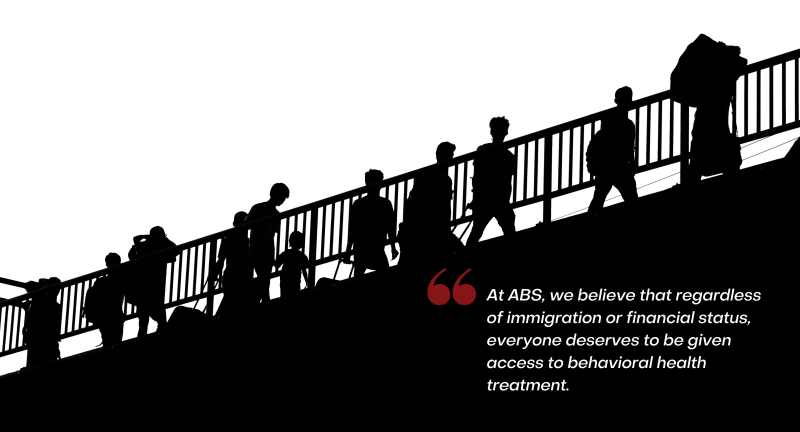Anger Prevention Series – Ep 3 Feel What’s Real – Don’t Mask Emotions with Anger
Anger often looks like the main event. The sharp words, the slammed door, the rising heat in your chest. But more often than not, anger isn’t the real culprit; it’s the disguise. Behind the mask sit other emotions waiting to be acknowledged. Fear. Grief. Shame. Even loneliness. They hide in the shadows because anger feels easier to show, safer to release.
The Shield We Raise
Think about how quickly anger leaps forward when discomfort arrives. A stinging comment triggers defensiveness. A sudden loss makes lashing out feel more tolerable than mourning. Anger becomes a shield, deflecting the softer emotions we’d rather not reveal.
Yet, using it this way is like covering a wound without ever cleaning it. The deeper pain remains, festering quietly.
The First Step: Pause
The key to breaking this pattern is simple in concept but tricky in practice. Pause. When anger rises, stop long enough to question it. Ask yourself: what’s really happening beneath the surface? Am I afraid of rejection? Am I embarrassed by a mistake? Or am I grieving something I haven’t fully named?
That pause transforms the reaction. It shifts the focus from explosion to exploration.
Labeling What’s True
Naming emotions can feel strange at first, but it works. By identifying what’s underneath, the fire of anger often loses its grip. The act of saying “this is fear” or “this is sadness” allows space for honesty. That honesty doesn’t make us weak; it actually makes us more resilient. Because once the truth is clear, the anger has less reason to roar.
A Quick Practice for Everyday Life
Try this exercise the next time your temper stirs:
- Stop and take one slow breath.
- Ask yourself what emotion is hiding under the anger.
- Say the word out loud or quietly in your head, fear, shame, sadness, disappointment.
- Let yourself feel it instead of covering it.
It may feel uncomfortable. But the discomfort is temporary, while the clarity is lasting.
The Bigger Picture
Anger is just one tool in the emotional toolbox. If it’s the only one we reach for, everything starts to look like a nail waiting to be hammered. By opening ourselves to the full range of emotions, we not only handle conflict better, we grow.
We become less reactive, more present, and far more equipped to respond with intention.
Moving Forward
Learning to feel what’s real isn’t about rejecting anger altogether. It’s about recognizing when it’s a mask and choosing to go deeper. The work isn’t always easy. But it builds a stronger foundation for peace, connection, and genuine emotional health.
Related Posts
How to resolve allegations of abuse or neglect. Family Court and Child Welfare: A Journey of Self-Reflection and Growth
In the shadows of life's complexities, facing allegations of abuse or neglect and...
Undocumented Immigrants with Behavioral Health Issues Left Untreated
An estimated 45% to 71% of the 11.3 million undocumented immigrants...


